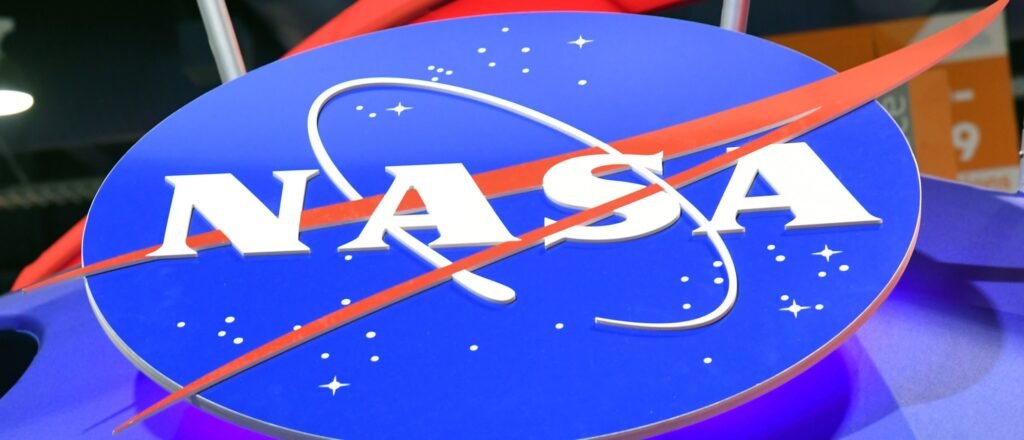The law firm Cranfill Sumner announced in a press release on Friday that a Florida family has filed a lawsuit against NASA after a cylindrical object from space struck their home.
Homeowner Alejandro Otero has filed a claim for damages after an object from space crashed into his Naples home on March 8, 2024. according to The company said in a statement that the object caused damage to the building but no injuries were reported. Micah Nguyen Worthy, an attorney with Cranfill Sumner LLP, which is handling the lawsuit, is seeking compensation for uninsured damage to the building for her client.
Florida family whose roof was hit by space station debris sues NASA for damages https://t.co/dRy2DrjTDp
— WINK News (@winknews) June 23, 2024
“Due to the increase in space traffic in recent years, space debris has become a real and serious problem,” Worthy said in a press release. “My clients seek full compensation for the stress and impact this incident has had on their lives. They are thankful that no one was physically injured in this incident, but this 'near miss' situation could have had catastrophic consequences. If the debris had fallen a few feet in the other direction, serious injury or death could have occurred.”
Worthy also addressed how the law treats international incidents, with launching nations held absolutely responsible under international treaties, according to the statement, and Oteros called on NASA to apply the same standard to incidents that occur on U.S. soil, the statement said. (Related: Boeing cancels Starliner mission launch with two astronauts on board)
Worthy also argued that there was a conflict with NASA's obligations under the Convention on International Liability for Damage Caused by Space Objects, which would mean the United States would be liable if an accident occurred overseas.
“We urge NASA to protect the Oteros and provide relief to the victims without applying a different standard to U.S. citizens and residents,” she said in a statement. Under the Federal Tort Claims Act, NASA has six months to respond to the claims, the statement added.
UNDATED: This artist's illustration provided by the National Aeronautics and Space Administration (NASA) shows the Upper Atmospheric Research Satellite (UARS). According to NASA, the 12,500-pound satellite will fall from orbit into Earth's atmosphere between September 22 and 24. Image not from article (Illustration by NASA via Getty Images)

383927 13: File photo: A close-up image of the solar panels of the Spektr module of the Russian Mir space station, showing damage caused when an unmanned Russian Progress resupply craft crashed into the space station on June 25, 1997, causing a depressurization of Spektr. Image not from article (Photo by NASA/Newsmakers)
National Aeronautics and Space Administration (NASA) Confirmed The object discovered in April 2024 was a 1.6-pound metal support that had been used to attach old batteries to a cargo pallet. According to a NASA announcement, NASA ground controllers operated the International Space Station's robotic arm to jettison a cargo pallet loaded with old nickel-metal hydride batteries after the orbital outpost had installed new lithium-ion batteries as part of a power upgrade. The hardware released from the space station weighed about 5,800 pounds.
Otero, who was on vacation at the time of the accident, rushed home after receiving the news from his son. Wink TV report.
“It was a huge noise. It nearly hit my son. He was two rooms away and he heard the whole thing,” Otero told WINK-TV. “Something just crashed through the house and punched a big hole in the floor and ceiling. When we heard it we were like, 'No way,' but then we quickly realized it was a meteorite.”







